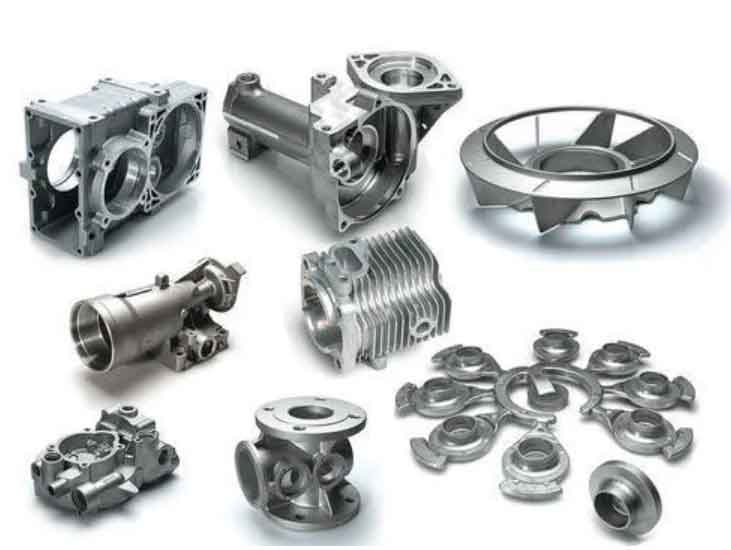Sustainable manufacturing with grey cast iron involves adopting environmentally friendly practices and technologies throughout the entire production process. While cast iron itself is a recyclable material and has a long lifespan, sustainable manufacturing focuses on reducing waste, energy consumption, and environmental impact. Here are some ways in which grey cast iron production can be made more sustainable:

1. Energy Efficiency: Implementing energy-efficient technologies and practices in the casting process can significantly reduce energy consumption. Utilizing advanced furnaces and energy-saving technologies can lead to lower greenhouse gas emissions and reduced overall energy costs.
2. Waste Reduction: Reducing waste generation is essential for sustainable manufacturing. By optimizing casting processes and using precision techniques, the amount of scrap and waste can be minimized. Recycling scrap iron and returning it to the production process further contributes to sustainability.
3. Green Sand Casting: Green sand casting is a more sustainable alternative to other sand casting methods. It uses silica sand mixed with natural binders like clay, which are safer for the environment than synthetic binders. The sand can be easily reclaimed and reused, reducing waste.
4. Resource Efficiency: Minimizing the use of raw materials, water, and other resources is crucial for sustainable manufacturing. By carefully managing resources and adopting efficient practices, the environmental impact can be significantly reduced.
5. Emissions Reduction: Controlling and reducing emissions from casting processes is vital for sustainability. Implementing emission control technologies can help lower the release of harmful pollutants into the atmosphere.
6. Life Cycle Assessment: Conducting a life cycle assessment (LCA) of grey cast iron products can help identify opportunities for improvement throughout the product’s entire life cycle. This includes evaluating the environmental impact of raw material extraction, production, transportation, use, and end-of-life.
7. Sustainable Sourcing: Ensuring that raw materials used in the production of grey cast iron are responsibly sourced and obtained from environmentally responsible suppliers is essential for sustainability.
8. Eco-Friendly Coatings: Using eco-friendly coatings and surface treatments can reduce the use of hazardous materials and improve the recyclability of cast iron components.
9. Recycling and Reuse: Recycling grey cast iron scrap and using reclaimed iron in the production process can significantly reduce the need for new raw materials, lowering the overall environmental impact.
10. Product Design: Designing products for disassembly and recyclability can contribute to sustainable manufacturing. By considering end-of-life scenarios during the design phase, it becomes easier to recycle or reuse cast iron components.
Sustainable manufacturing practices are not only environmentally responsible but can also lead to cost savings and increased competitiveness. By adopting green solutions and incorporating sustainability into the manufacturing process, the grey cast iron industry can play a vital role in creating a greener future.
